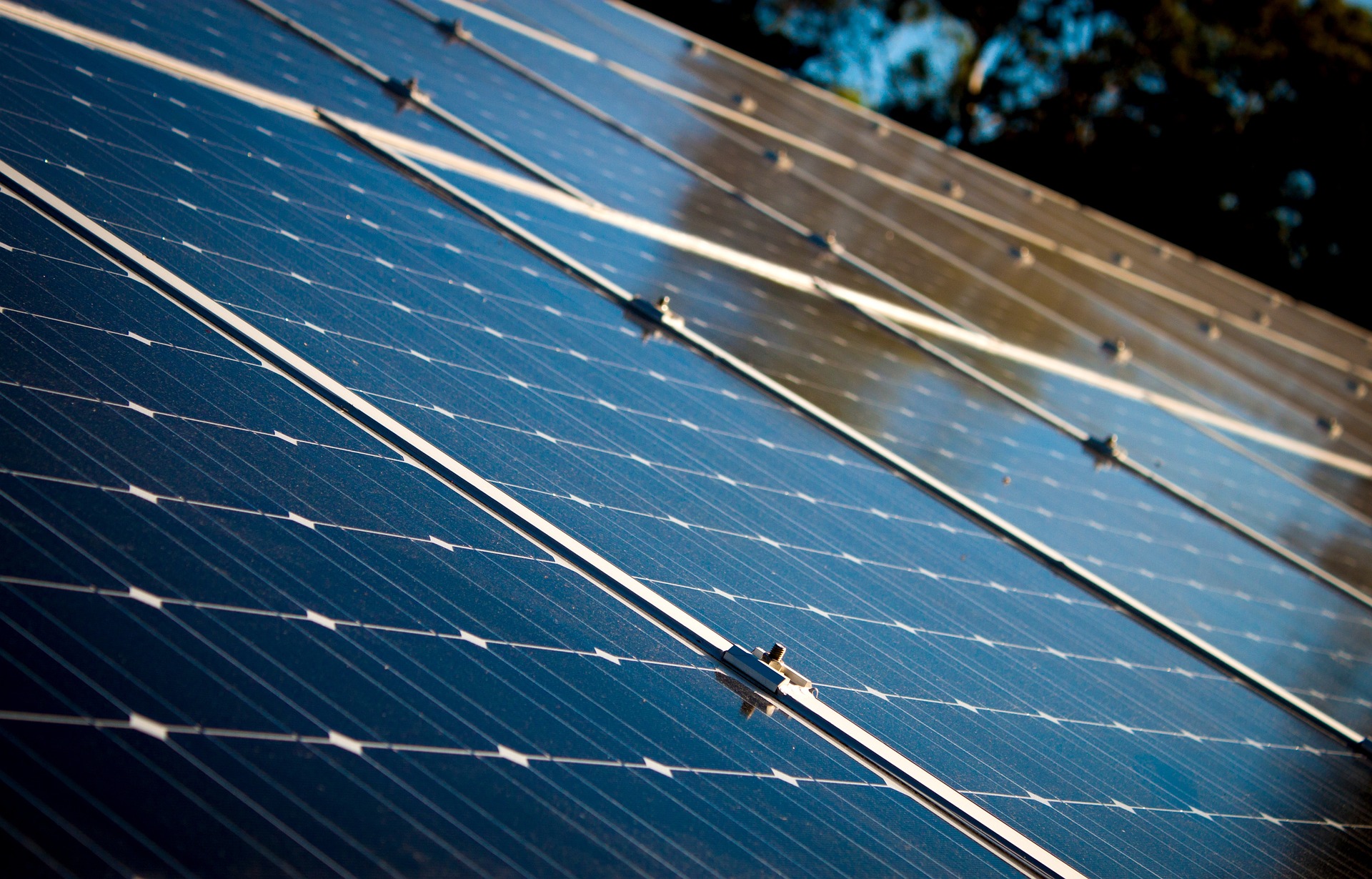Battery energy storage explained: uses, integration, and household fit
Battery energy storage stores electricity for later use, converting grid or renewable energy into chemical energy and back into power when needed. Systems range from utility-scale installations that balance large grids to compact home battery units that pair with rooftop solar panels. By shifting when electricity is used, battery storage helps match supply and demand, supports grid stability, and can provide backup power during outages. As renewables like wind and solar grow, batteries play an increasingly important role in capturing variable generation, improving energy efficiency, and enabling households and communities to manage energy more predictably and resiliently.
What is battery storage and how does it work?
Battery storage systems store electrical energy in chemical form and release it as electricity on demand. A typical system includes the battery cells, a battery management system (BMS) to monitor temperature and state of charge, and inverters to convert DC to AC for home or grid use. Two key specifications are capacity (kWh), which indicates how much energy can be stored, and power (kW), which indicates how much power can be delivered at once. Common chemistries include lithium-ion and flow batteries; each has trade-offs in energy density, cycle life, and cost. Safety controls and proper installation are essential for reliable operation.
How does battery storage support renewable energy?
Battery storage helps integrate renewable energy by smoothing variability and storing excess generation for later use. When wind or solar output exceeds immediate demand, batteries can absorb surplus energy and discharge it during periods of low generation or high demand. This time-shifting reduces curtailment of renewable sources and allows more consistent use of clean generation. At grid scale, batteries can provide frequency regulation, reserve capacity, and fast-response balancing services. Distributed battery storage also supports community resilience and can defer upgrades to local infrastructure by reducing peak loads.
Can battery storage integrate with solar panels?
Yes. Battery storage commonly pairs with solar panels to increase on-site consumption of generated electricity. Through DC-coupled or AC-coupled configurations, solar panels can charge a home battery during sunny hours, and the battery can power loads in the evening or during outages. That combination raises self-consumption rates (less electricity bought from the grid), and can be particularly effective where time-of-use billing creates price differences between peak and off-peak periods. Integration requires compatible inverters or hybrid systems, and an installer will size the battery relative to daily solar production and household demand patterns.
Is a home battery suitable for my household?
A home battery may suit households seeking backup power, greater use of solar generation, or reduced grid dependence. Suitability depends on factors such as average daily energy use, rooftop solar capacity, local grid reliability, and electricity rate structures. Residential systems commonly range from about 5 kWh to 20 kWh of usable capacity, enough for selective loads or short-duration backup; larger installations are possible. Consider lifecycle (cycle count), warranty terms, installation space, and maintenance needs. A professional assessment from local services can help determine the right capacity and configuration based on actual consumption and goals.
How does battery storage improve energy efficiency?
Battery storage can improve overall energy efficiency by reducing losses associated with generating extra grid electricity and by optimizing when energy is consumed. By storing excess renewable output that would otherwise be curtailed, batteries increase the usable fraction of clean generation. For buildings, batteries enable load shifting away from peak periods, which can lower peak demand charges and reduce strain on local distribution equipment. Smart energy management systems coordinate charging and discharging to match tariffs, forecasted generation from solar panels, and household patterns, thereby making energy use more efficient and cost-effective over time.
Conclusion
Battery energy storage spans a range of scales and applications, from grid services that balance large systems to home battery units that improve self-consumption and resilience. When paired with renewable energy like solar panels, batteries help address variability and enable smarter, more efficient electricity use. Deciding whether and how to adopt battery storage depends on technical factors—capacity, power, lifecycle—and local considerations such as grid conditions and available local services. A careful assessment of needs, system components, and expected performance will support a practical and well-suited deployment.







